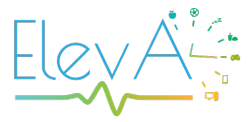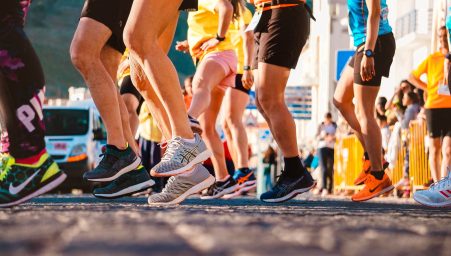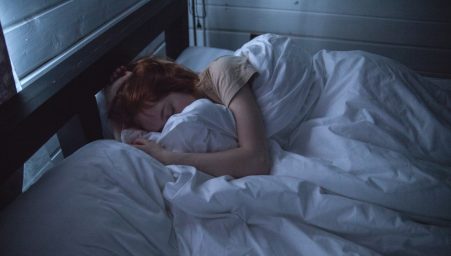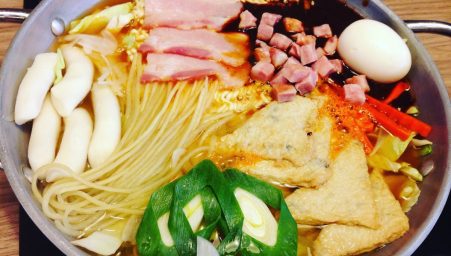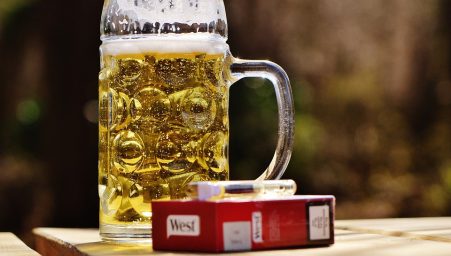Questionnaire
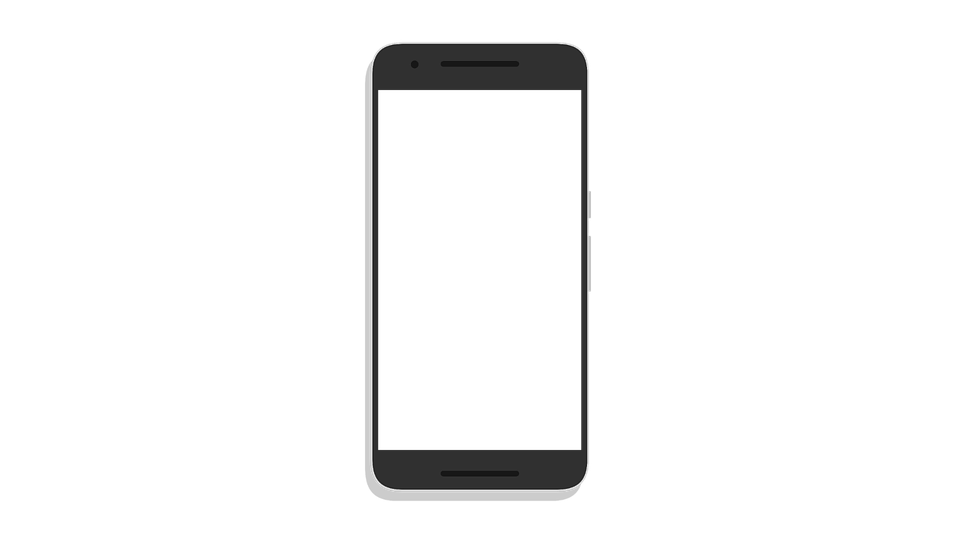
Physical Activity
To measure physical activity, the Self-Administered Physical Activity Checklist was used. This questionnaire consists of a list of 22 types of physical activities, which was created in English, but was translated, adapted, and validated for Brazilian adolescents. More information about this questionnaire can be obtained in the article at this link: https://doi.org/10.1590/S1415-790X2012000100018
Screen Time
To measure screen time, students answered the total hours and minutes per day using electronic devices with screens (computer, television, video game, cell phone) to perform five activities: studying, working, watching videos ( series, movies, newspaper), playing video games and using social media. This questionnaire was developed by the research group of NUPAF/UFSC, and is available at the link:https://doi.org/10.1590/SciELOPreprints.1184
Food food consumption
he consumption of the students was assessed using the same questions used in the National School Health Survey (PeNSE).These questions measure the weekly frequency of consumption of beans, fruits, vegetables, sweets, soft drinks, salted food, processed food, and fast food. These questions have also been validated for use in research, and more information can be obtained at: https://doi.org/10.1590/0102-311X00000413
Depressive symptoms
Depressive symptoms were assessed using the Center for Epidemiological Studies Depression instrument, consisting of 20 items, each with a score ranging from 0 to 3, validated for Brazilian adolescents. From this scale, it is possible to estimate the risk for depression.More information about this questionnaire is available at the link: http://pepsic.bvsalud.org/scielo.php?script=sci_arttext&pid=S1677-04712011000100010
Health-related quality of life
For the assessment of health-related quality of life, the Kidscreen index 10 instrument was used. It is a 10-item questionnaire that was created in European countries, and presents good psychometric indicators in international surveys. The questionnaire was based on the 27-item instrument, which assesses the quality of life of children and adolescents aged 8 to 18 years. This instrument was translated and validated for research in Brazil. More information about this questionnaire can be found at the link: https://doi.org/10.1590/S1415-790X2012000100018
